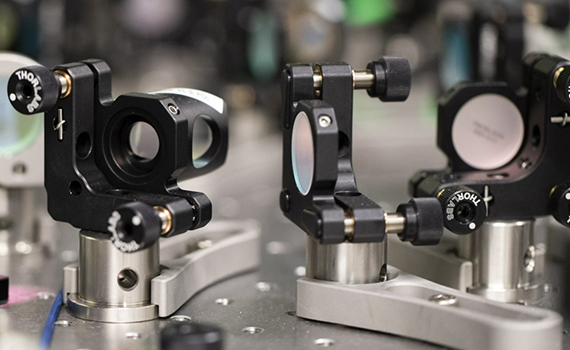NEWS
Scientists weaved a quantum processor from light

An international team of scientists made a processor for a universal quantum computer, for the first time in 20 years of research in this area, creating a sufficiently large cluster state.
Quantum computers promise to solve problems that are too complex for classical machines, but for this they need many components, and all of them must be relatively accurate. Modern quantum computers are still too small and often make mistakes. The new design of cluster states, proposed by scientists from Australia, Japan and the USA, provides the desired scale and, finally, can surpass classical computers.
Cluster states are many entangled quantum components that perform quantum computing. In order to be useful for solving real problems, the cluster state must be large enough and have the correct structure of entanglement. However, in the 20 years since they were proposed, scientists have not been able to achieve both at the same time, explained Nicholas Menicucci from the University of Melbourne. “We were the first to achieve both,” he said.
To obtain cluster states, crystals created in a special way transform ordinary laser light and quantum - the so-called squeezed light. Which is then woven into a cluster state by a network of mirrors, beam splitters and optical fibers.
This design allows you to generate a huge two-dimensional cluster state with the ability to scale - sufficient to create a universal quantum computer. Although the compression level - a measure of quality - is still too insignificant to solve practical problems, the proposed scheme will achieve high levels of compression.
In early October, Russia launched the first prototype of a quantum computer. The system of two qubits, assembled by MISiS scientists, successfully solved the Grover algorithm.





